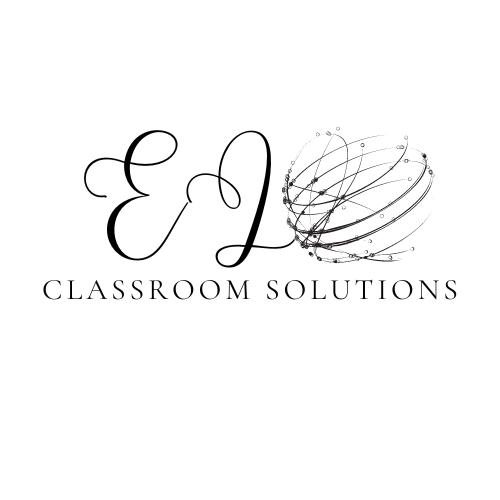Top 5 Websites I Used With My ELs This Year
As the school year winds down, I find myself reflecting on the incredible journey of integrating technology in the classroom and using AI to differentiate my teaching practice. I teach K-5 English Learners (ELs) in a pull-out model and also support classroom teachers in differentiating instruction for their students. Having been a classroom teacher for 18 years, I know firsthand the challenges of finding the right resources (and the time!) to accommodate all students. Many of the websites I used this year can benefit all students, not just ELs. Here are my top five:
1. Canva
Canva has been a daily staple in my classroom. This versatile tool allows me to create visuals for unknown words, design books and worksheets, find templates for printables, and embed glossaries into reading passages. My students love using Canva to create their own visuals and videos too! Recently, I discovered Canva’s PDF editor, which has been a game-changer. I uploaded PDFs of Words Their Way vocabulary lists and added visuals right next to each word. Canva has truly become an invaluable tool in our learning environment, and it is free for educators! Click the link below to sign up. You only need an email address from a school district to get a free Pro Account!
2. English SingSing on YouTube
English SingSing has been a fantastic resource for my new arrival students. The channel offers videos on a wide range of basic vocabulary words. I often have students watch these videos before we start our QSSSR (Question, Signal, Stem, Share, Respond) discussions. This helps students acquire some vocabulary before they are asked to create or finish sentences. In my Level 1 first-grade class, English SingSing is part of our daily routine. For example, when discussing “What pets do you like?”, we watch a relevant video, complete the QSSSR oral activity, and then students write their sentences in their daily journals. This routine has significantly supported their oral language and writing development.
3. ChatGPT
Though it’s a bit controversial in the education world, I’ve found ChatGPT to be a tremendous time and money saver. When I needed a reading passage that didn’t exist—like a Greek myth for Level 1 fourth graders—ChatGPT delivered. I’ve asked it to create reading passages for various curriculum areas, modified for my ELs. It can even identify challenging words for English Learners and highlight them. I also use it to generate comprehension questions based on specific skills. Then, I copy and paste the content into Canva, add a border and some pictures, and VOILA! A customized reading passage tailored to my students’ needs.
4. RAZ-Plus ELL Add-On
RAZ-Plus is a leveled library of reading materials with accompanying lessons and activities, and it’s a fantastic resource—though not free. If your district can invest in it and the ELL add-on, it’s well worth the money. The ELL add-on offers 3-5 day lesson plans tailored to EL students, focusing on vocabulary and English grammatical structures while teaching content knowledge. It provides vocabulary cards with visuals, graphic organizers, and more. This comprehensive tool has significantly enhanced my reading instruction this year.
5. Flocabulary
Flocabulary has been a great resource for my higher proficiency ELs and was invaluable when I was a classroom teacher. It presents content in engaging rap videos and includes digital vocabulary cards, vocabulary games, and teacher resources like reading passages and graphic organizers. While some materials are a bit advanced for my lower-level ELs, they still enjoy the videos, and the higher proficiency students benefit greatly from the engaging content and activities.
As we wrap up the year, I hope you have a restful and enjoyable summer—you’ve earned it! When you start thinking about returning to school (hopefully not too soon), I hope these resources help save you time and provide the support that often feels impossible to find. Happy Summer!
